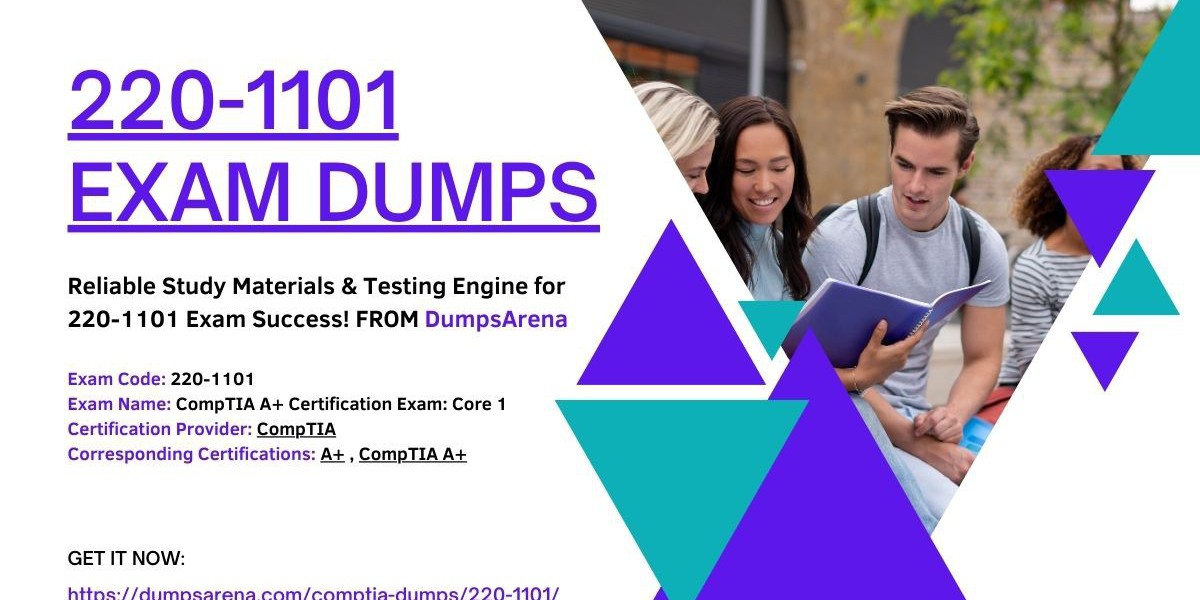This article will delve into how to spot a high-quality fake diploma online, examining key features to look out for, and outlining steps to ensure the authenticity of any diploma. By understanding what constitutes a legitimate diploma, individuals can better protect themselves and their professional integrity.
Understanding the Risks of Fake Diplomas
The rise of online diploma mills has made it increasingly easy to obtain fake diplomas. According to a report from the National Center for Education Statistics, approximately 36 million Americans hold a diploma that is not from a legitimate institution. These fake diplomas are often indistinguishable from real diplomas, particularly those created by diploma mills that specialize in producing high-quality replicas. The risks associated with using a fake diploma include legal repercussions, job termination, and damage to one’s personal and professional reputation. In fact, a survey by the Society for Human Resource Management found that 85% of employers perform background checks, and among those, a significant portion has encountered candidates with fraudulent credentials.
Identifying Key Features of Legitimate Diplomas
To spot a high-quality fake diploma, it’s essential first to understand the characteristics of a legitimate diploma. Genuine diplomas typically include specific elements such as the institution's seal, the graduate's name, the degree conferred, and the date of graduation. Additionally, diplomas are often printed on high-quality parchment paper, featuring professional-grade fonts and layouts. Authentic diplomas may also include signatures from relevant officials, such as the university president or registrar. When examining a diploma, be on the lookout for these elements, as their absence or poor reproduction can be a strong indicator of a fake.
Examining the Institution’s Accreditation
Another crucial step in verifying a diploma's authenticity is examining the institution's accreditation. Legitimate educational institutions are accredited by recognized accrediting bodies, which ensure that they meet specific standards of quality and education. To verify an institution's accreditation status, you can visit the U.S. Department of Education's website or consult the Council for Higher Education Accreditation. If you are presented with a diploma from a school that claims to be accredited but cannot verify its status through these channels, it is likely to be a fake. Additionally, check that the institution has a valid presence, such as a physical address and active contact information.
Conducting Online Research
In the digital age, a wealth of information can be accessed with just a few clicks. Use this to your advantage when trying to verify the legitimacy of a diploma. Conducting basic online research can reveal a lot about an institution’s reputation and credibility. Look for reviews from current or former students, as well as any media coverage or reports related to the institution. Pay close attention to complaints about diploma mills or fraudulent practices. If a school has a history of being associated with scams or shady practices, this should raise serious red flags about any diplomas they issue.
Checking for Red Flags in the Diploma Design
High-quality fake diplomas often try to mimic the appearance of legitimate ones, but there may still be noticeable differences in design and quality. Look for any discrepancies in font consistency, paper quality, and seal appearance. Genuine diplomas are printed on high-quality paper and may have embossed seals that reflect light. Fake diplomas may have inconsistent fonts or colors, and the seals may look poorly made or lack detail. Always compare the diploma in question with a known example from the institution; this can help highlight any discrepancies that may not be immediately obvious.
Verifying Graduate Records
One effective way to confirm the authenticity of a diploma is by verifying the graduate records directly with the institution. Most legitimate colleges and universities maintain a database of graduates, and they can confirm whether an individual has genuinely received a diploma from their institution. Be prepared to provide pertinent details, such as the graduate’s full name, the degree conferred, and the date of graduation. If the institution is hesitant to provide this information or cannot confirm the diploma, it is likely that the diploma is fraudulent.
Utilizing Background Check Services
For those who want a thorough background verification, consider utilizing professional background check services. These services specialize in verifying educational credentials and can perform a more comprehensive search than an individual might be able to do on their own. The fee associated with these services may be worth it, especially for employers or individuals concerned about the potential consequences of a fake diploma. Many background check services offer a satisfaction guarantee, ensuring users receive accurate information in return for their investment.
Recognizing the Consequences of Using Fake Diplomas
Before deciding to purchase or use a buy fake diploma, it is essential to consider the potential consequences. Engaging in fraudulent behavior can lead to a range of penalties, including job loss, legal action, and a permanent stain on one's professional reputation. A 2019 study by the Association of Certified Fraud Examiners found that individuals caught using fake diplomas faced an average of 2-5 years of imprisonment, along with hefty fines. Employers are increasingly vigilant about credential verification, and many have policies in place for dealing with fraudulent applications. The risks far outweigh the perceived benefits of using a fake diploma.
Conclusion: The Importance of Authenticity in Education
As the job market continues to evolve, the pressure to present oneself as qualified can lead some to resort to fake diplomas. However, the consequences of such decisions can be disastrous. By understanding how to identify high-quality fake diplomas, verifying institutional accreditation, conducting thorough research, and recognizing the legal implications of using fraudulent credentials, individuals can safeguard their professional integrity. Authenticity in education is vital, and striving for legitimate qualifications will ultimately yield greater long-term benefits than the risks associated with fake diplomas. Remember, hard work and dedication will always prove to be the true keys to success.









